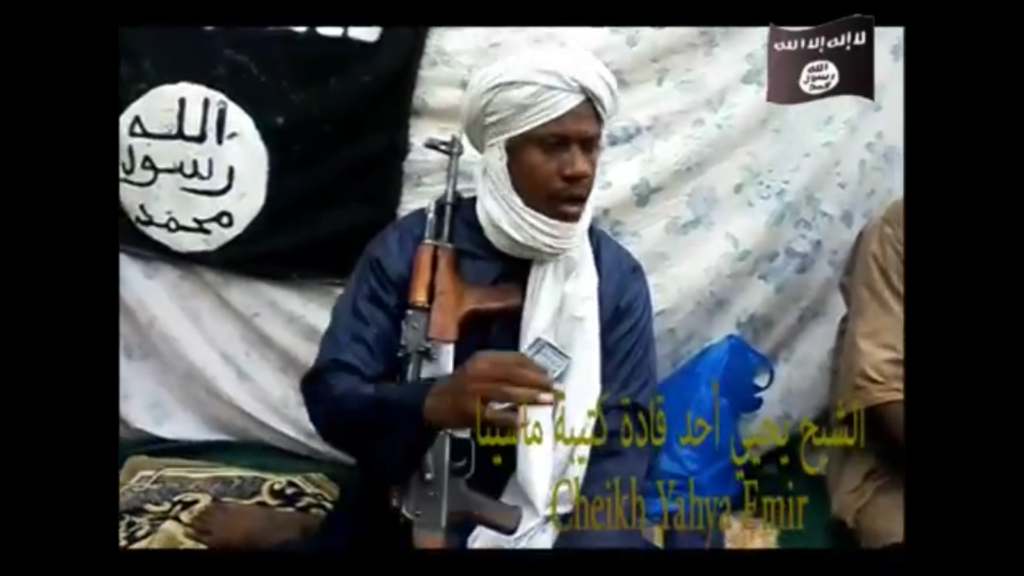
Sheikh Yahya, identified as one of the commanders of the battalion.
Ansar Dine’s official branch in southern Mali, Katibat Macina (more commonly known as Macina Liberation Front), has released its first video after a year of official existence.
The low quality video shows the Macina fighters celebrating after last June’s attack in the southern city of Nara near the Mauritanian border. Shortly after the attack, Ansar Dine claimed that the katibat (battalion in Arabic) launched an assault a Malian military outpost in the city, killing three Malian soldiers. Malian officials reported at the time that nine jihadists were also killed in the attack. The video appears to show at least one vehicle and what appears to be a Malian soldier captured in the assault.
Other scenes in the video show fighters speaking to the camera in a victorious manner before it shifts to a speech from one of the commanders of the battalion. The commander is identified as Sheikh Yahya, who is one of the commanders of the battalion.
The video ends promising to showcase combat footage in the next episode.
While the video shows the aftermath of the Nara attack, the jihadist group has been responsible for several attacks in southern Mali in the year following. Two Malian soldiers were killed and three others wounded when their vehicle hit a roadside bomb last April near Diabaly in an attack pinned on Katibat Macina. The battalion was also blamed for an attack near Diafarabe in the same month.
However, Ansar Dine has explicitly claimed credit for several attacks for its southern wing.
Last June, it claimed credit for two attacks in southern Mali near the border with Ivory Coast. On June 10, 30 gunmen from Katibat Macina attacked a Malian police base in Misseni, and killed one before burning the base to the ground. The jihadist group then briefly captured the town of Fakola a few weeks later before being pushed out of the town. This January, Ansar Dine claimed assaults near Mopti and Konna in central Mali on behalf of its battalion. Additionally, it claimed an assault on a police station in the southern town of Ke Macina in March. Several other attacks have been claimed by or blamed on the katibat. (For all attacks listed above and more, see The Long War Journal’s map of al Qaeda-linked attacks in Mali and neighboring countries since 2014.)
Katibat Macina, or the Macina Liberation Front, was formed last year as an ethnic Fulani front for Ansar Dine to coordinate actions and operations in central and southern Mali. Ansar Dine itself, of course, is already a front for al Qaeda.
The katibat is thought to be led by Amadou Kouffa, a loyal ally of Ansar Dine leader Iyad Ag Ghaly. Kouffa fought with al Qaeda in 2012 and led several offensives to capture the northern portion of Mali and the central city of Konna. The establishment of this ethnic battalion fits with al Qaeda’s general strategy by allowing the jihadist group to exploit local ties and connections, as well as to appear as a local movement while masking ties to the international organization.
The name “Macina” refers to the Macina Empire of the 19th century, a Fulani Islamic state that encompassed large parts of southern Mali. The use of the Macina name invokes a historical connection that assists it in appearing as a local group. It is largely contained to southern and central Mali where a large portion of Mali’s Fula is located. However, the Fula is one of the largest ethnic groups in West Africa, which could help in transnational recruitment of Fulani fighters.
This is not the first time that al Qaeda has tried to hide its true intentions in Mali. In 2013, a letter found in Timbuktu from al Qaeda in the Islamic Maghreb (AQIM) emir Abdelmalek Droukdel showed that the AQIM leader told his fighters in Mali to “pretend to be a ‘domestic’ movement” and to fight under the banner of Ansar Dine. (See LWJ report, Al Qaeda in Mali sought to hide foreign designs.)
Al Qaeda has also sought to mask its operations behind the aegis of local jihadist groups in Yemen and the Middle East as well as elsewhere in North Africa. Ansar al Sharia in Yemen was formed to serve as a political front for al Qaeda in the Arabian Peninsula, while Ansar al Sharia groups have sprung up in Libya, Tunisia, Mauritania, and Egypt over the past few years. Similarly, the Al Nusrah Front for the People of the Levant was formed in January 2012 as a front group for al Qaeda in Iraq. Longtime al Qaeda operatives serve in leadership roles in all of these groups.
Screenshots from the video:
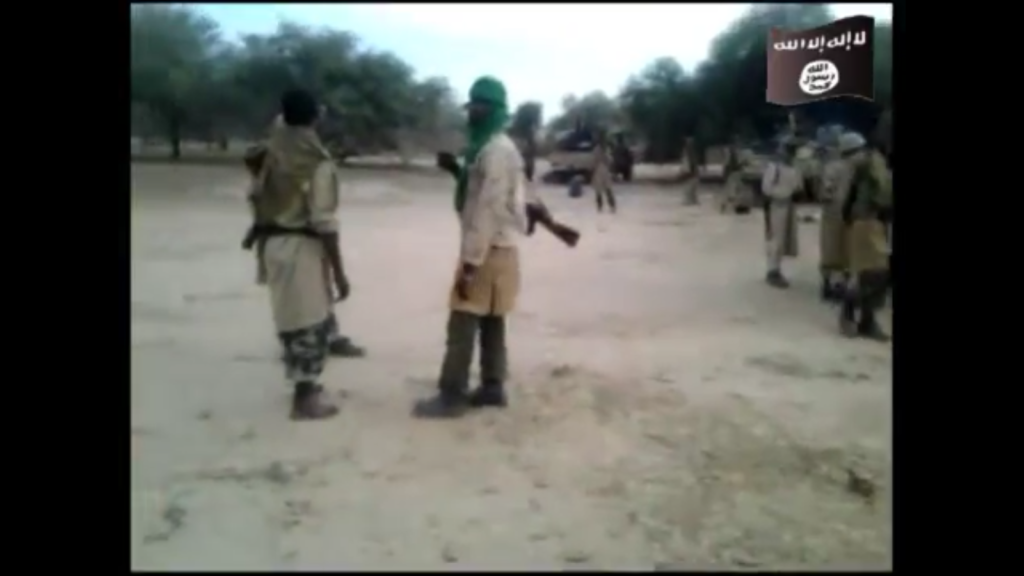
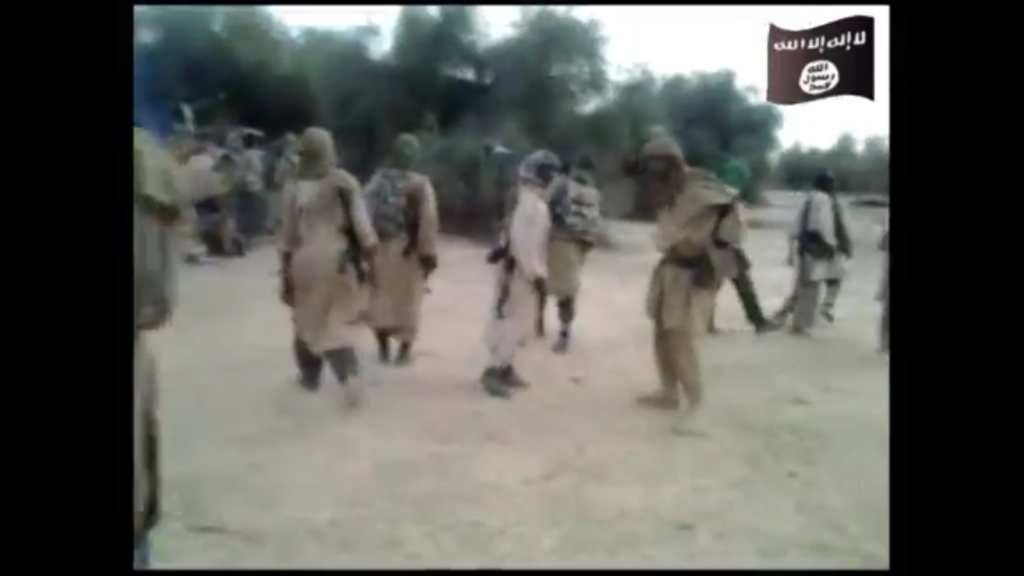
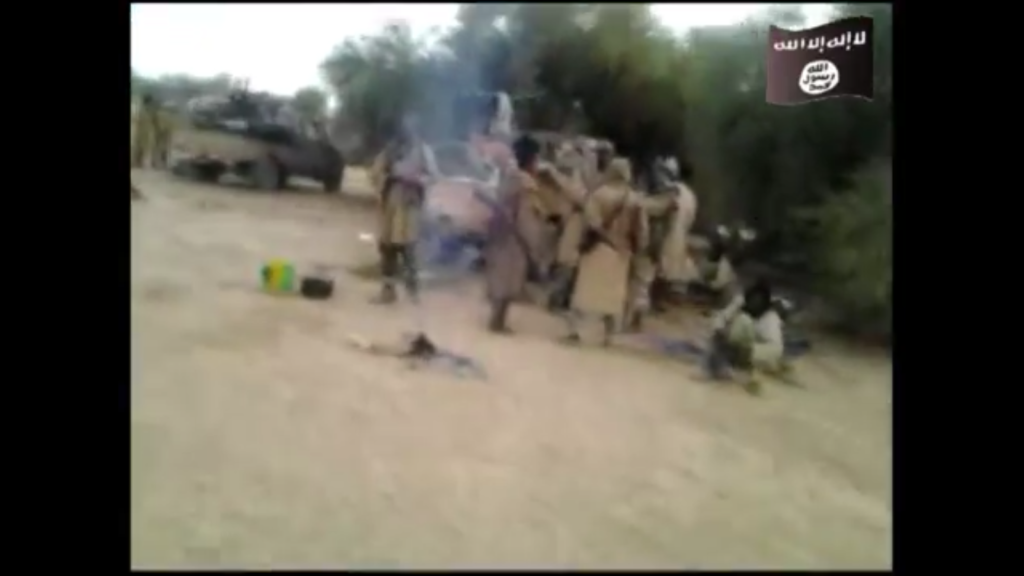
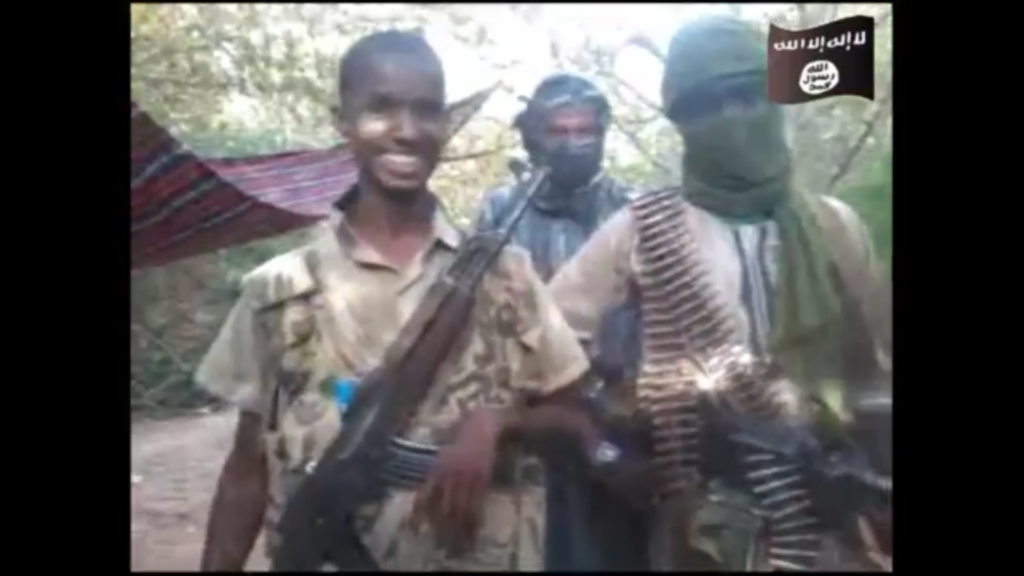
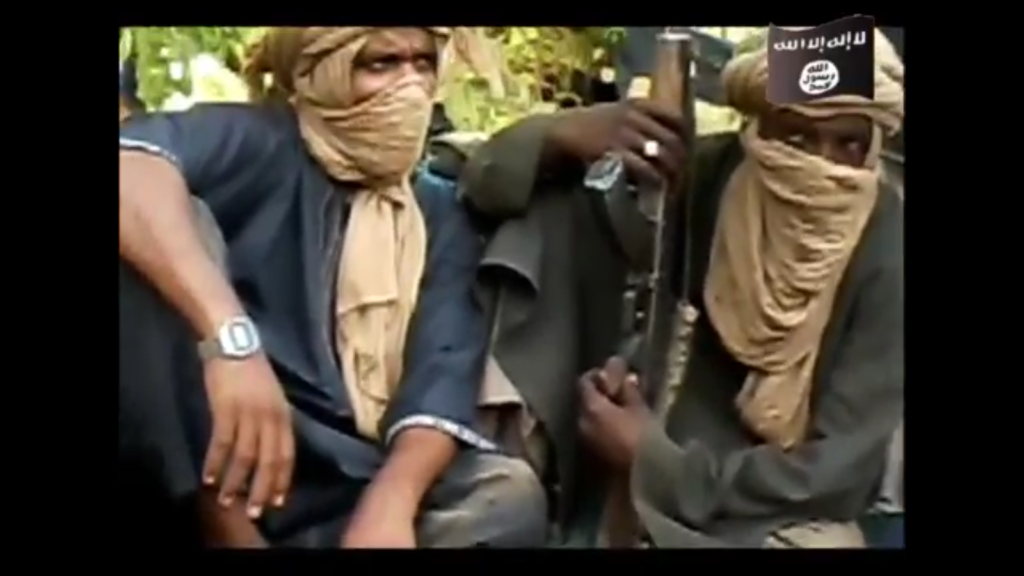
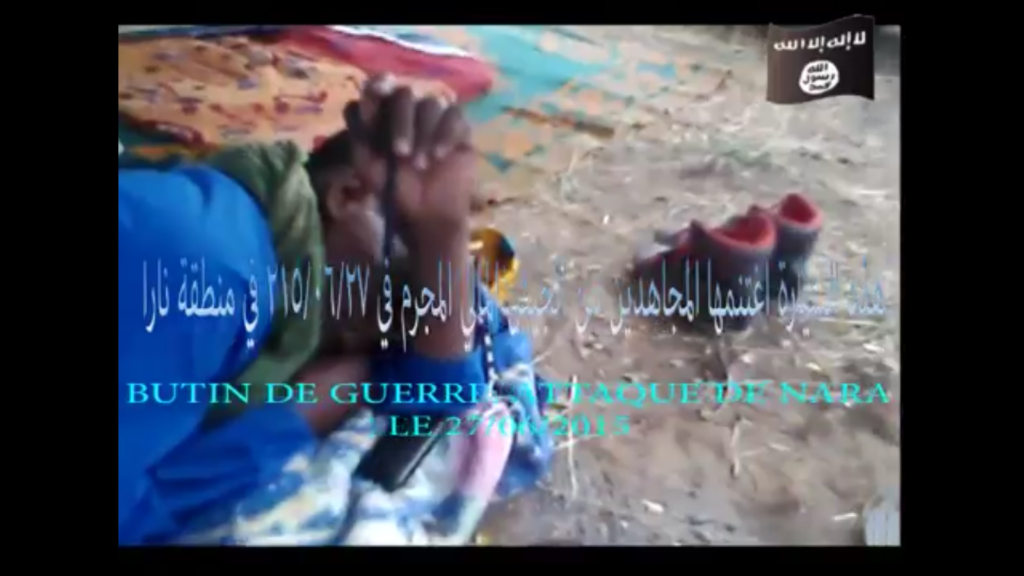
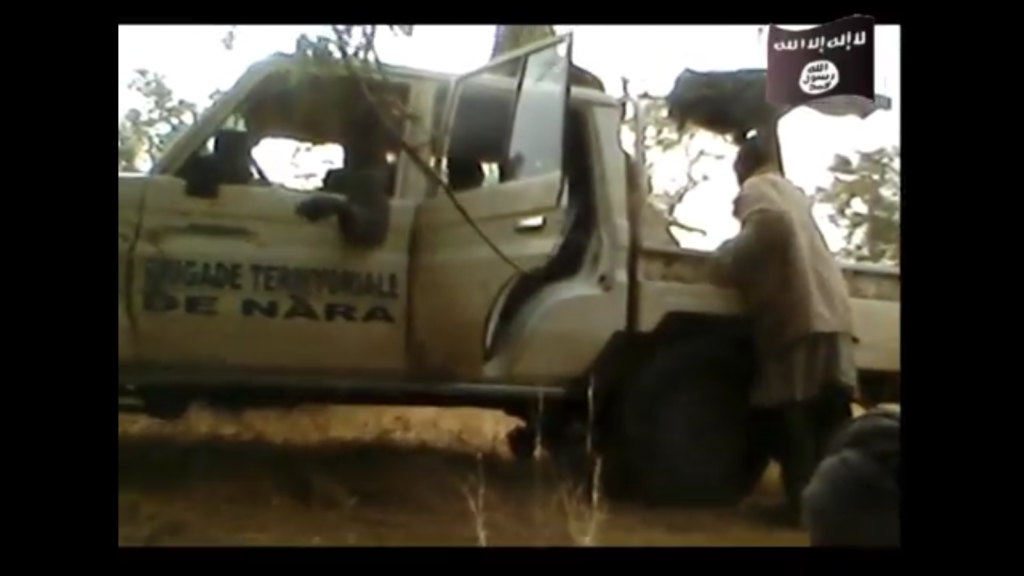








1 Comment
Where can we see the video?